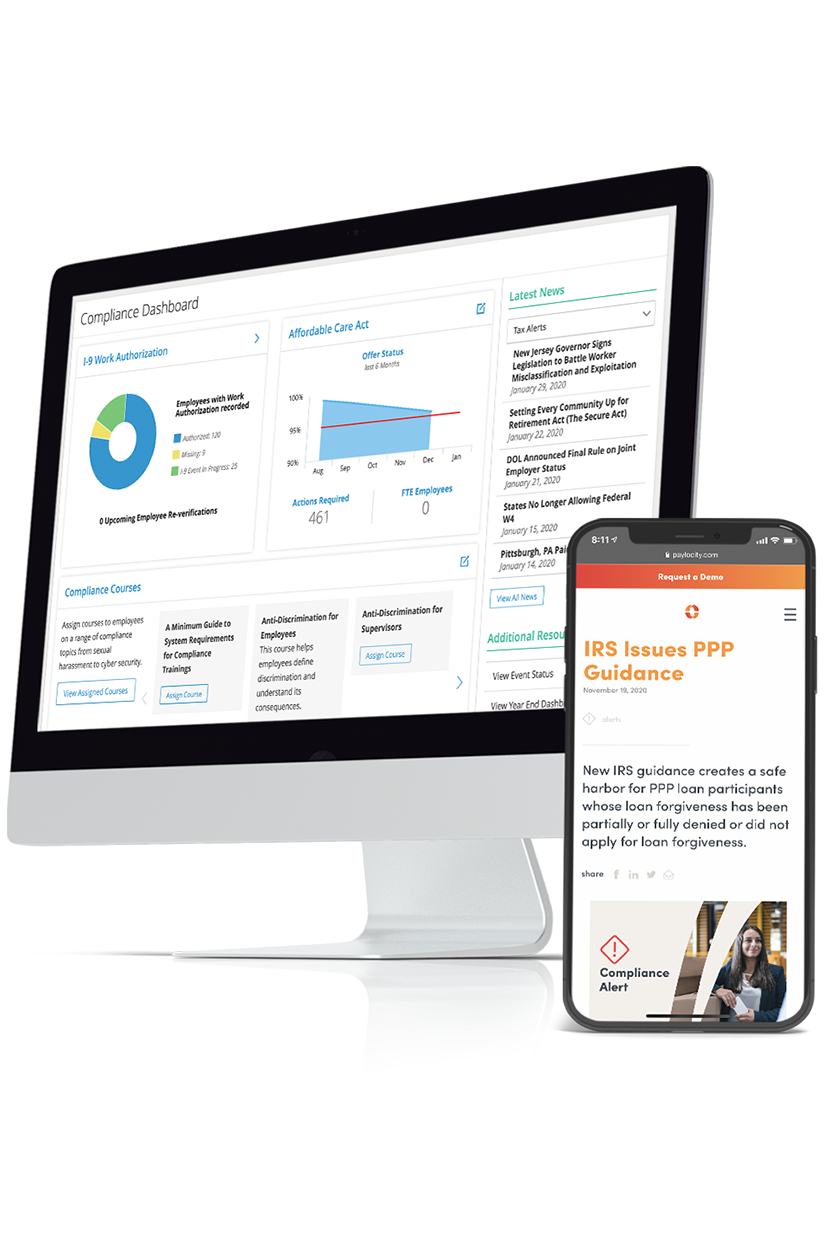resources
Department of Labor Notice of Proposed Rulemaking on Overtime Exemption
September 06, 2023

At A Glance
- The DOL announced a proposed rule to amend the FLSA.
- A 60-day public comment period will commence upon publication of the Notice of Proposed Rulemaking in the Federal Register before a final rule is published.
- The proposed rule would increase the minimum salary threshold from the current level of $684 per week ($35,568 annual salary) to a new minimum of $1,059 per week ($55,068 annual salary).
- This proposed rule also includes an increase for the highly compensated employee (“HCE”) exemption from the existing amount of $107,432 total annual compensation to $143,998.
- The DOL also published an FAQ addressing the proposed rule.
- Important: Details of the Final Rule could vary from the Notice of Proposed Rulemaking.
Proposed Rulemaking to Increase Thresholds for FLSA Exemption
The Federal Department of Labor (“DOL”) issued a Notice of Proposed Rulemaking on the salary threshold levels associated with exemption from the Fair Labor Standards Act (“FLSA”) requirements of overtime compensation and timekeeping. The DOL estimates the new rule will extend overtime protections to an additional 3.4 million workers and impose $1.2 billion of direct costs on employers in year one.
Generally, white-collar exempt employees must meet a job duties test and earn a minimum salary that is paid on a salary basis without regard to the number of hours worked during the workweek to be exempt from FLSA requirements of overtime compensation and timekeeping.
The minimum salary amount of $684 per week ($35,568 annual salary) was last updated by the DOL in 2019. The proposed rule would increase this minimum salary threshold to a proposed level of $1,059 per week ($55,068 annual salary). Highly compensated employees could see an increase in the minimum annual compensation threshold from $107,432 to $143,998.
The DOL is proposing that these salary threshold levels be automatically updated every three years to ensure that the levels keep pace with changes in the labor market.
Applicability
This proposed increase to the minimum salary thresholds would apply to all U.S. states, as well as all employees subject to the federal minimum wage in U.S. territories, excluding American Samoa. These U.S. territories have not seen a change to minimum salary thresholds since 2004.
There is also a special base rate for employees in the motion picture industry included in the proposed rule.
Employers should take note that the dollar figures are likely to change because the DOL will use the most recent data available when publishing the Final Rule.
Lastly, the DOL is proposing a 60-day effective date, meaning once the Final Rule is published, the new requirements would become effective 60 days later. While this effective date may change in the Final Rule, employers will want to begin reviewing the proposed rule’s impact on their organizations now to provide adequate time to implement once the Final Rule is published.
Frequently Asked Questions (FAQs)
The DOL also published a series of FAQs to aid employers in understanding the proposed rule’s impact. The FAQs provide an overview of the proposed rule, FLSA basics, earnings thresholds, future updates, and the impact of the proposal.
Next Steps
Employers interested in submitting comments to the DOL during the public comment period of 60 days following publication in the Federal Register can follow the instructions on the DOL website.
Because the Final Rule may differ from the Notice of Proposed Rulemaking, employers should continue to monitor the DOL website for the most current information. While there will be time to prepare once the Final Rule is released, developing a strategy of auditing existing compensation structures and forecasting costs associated with different options will ensure that your organization is empowered with an informed strategy for any new requirements.
Paylocity will continue to monitor and make available any new information provided by the Department of Labor.
Thank you for choosing Paylocity as your Payroll Tax and HCM partner. This information is provided as a courtesy, may change and is not intended as legal or tax guidance. Employers with questions or concerns outside the scope of a Payroll Service Provider are encouraged to seek the advice of a qualified CPA, Tax Attorney or Advisor.

Keep Up With Compliance
Between constantly changing employment laws and updates to the Affordable Care Act (ACA), keeping your workplace compliant can be a time-consuming and costly challenge. Eliminate the stress and stay up to date with our Compliance Dashboard. View compliance alerts and get a bird’s eye view of what you need to do to avoid fines and penalties.
